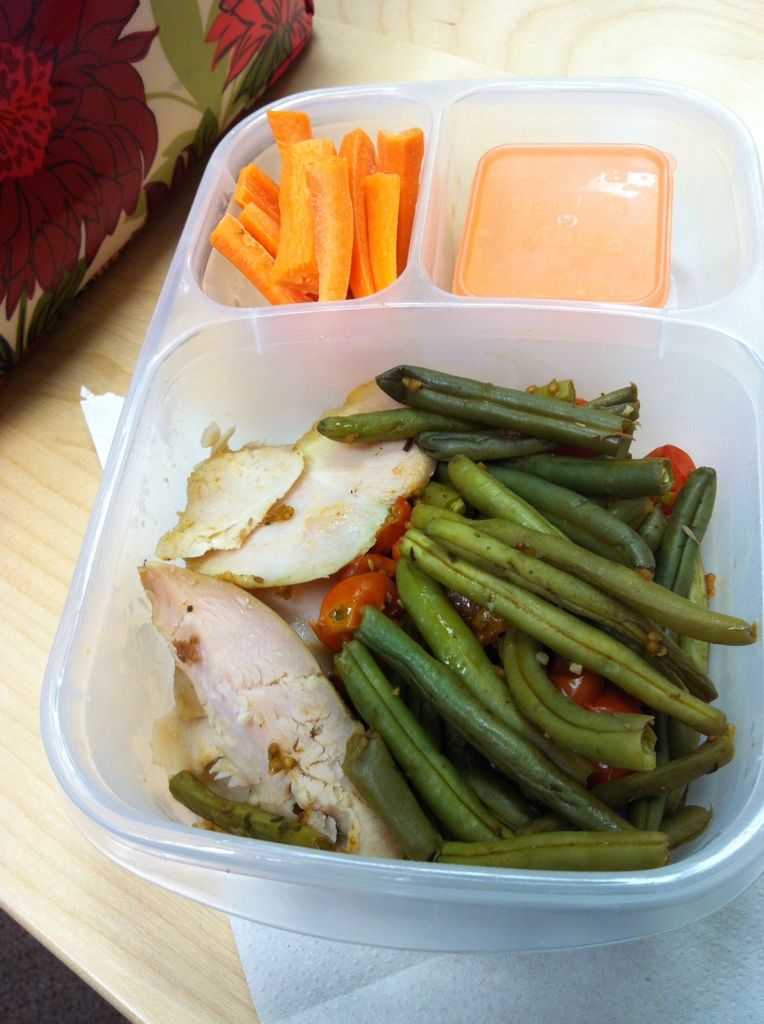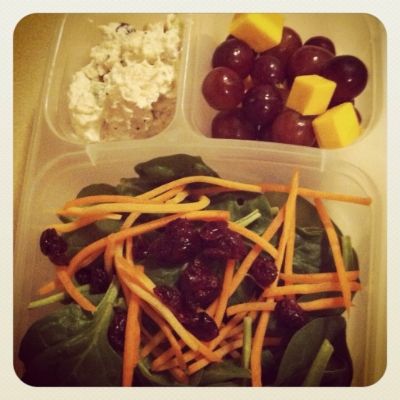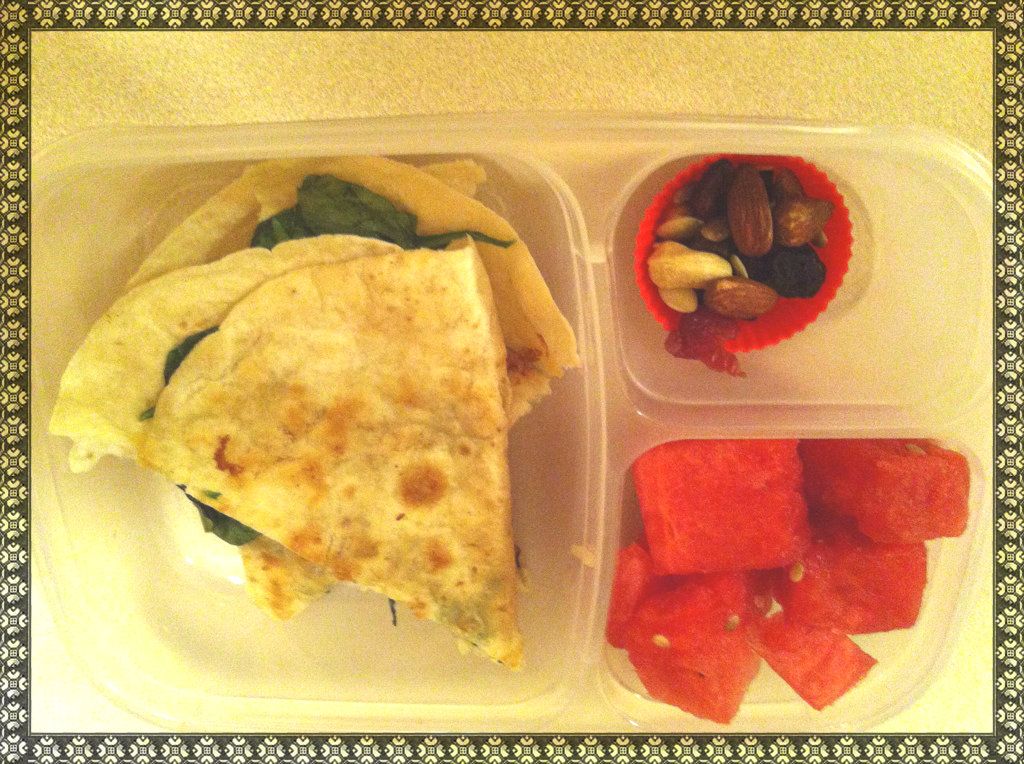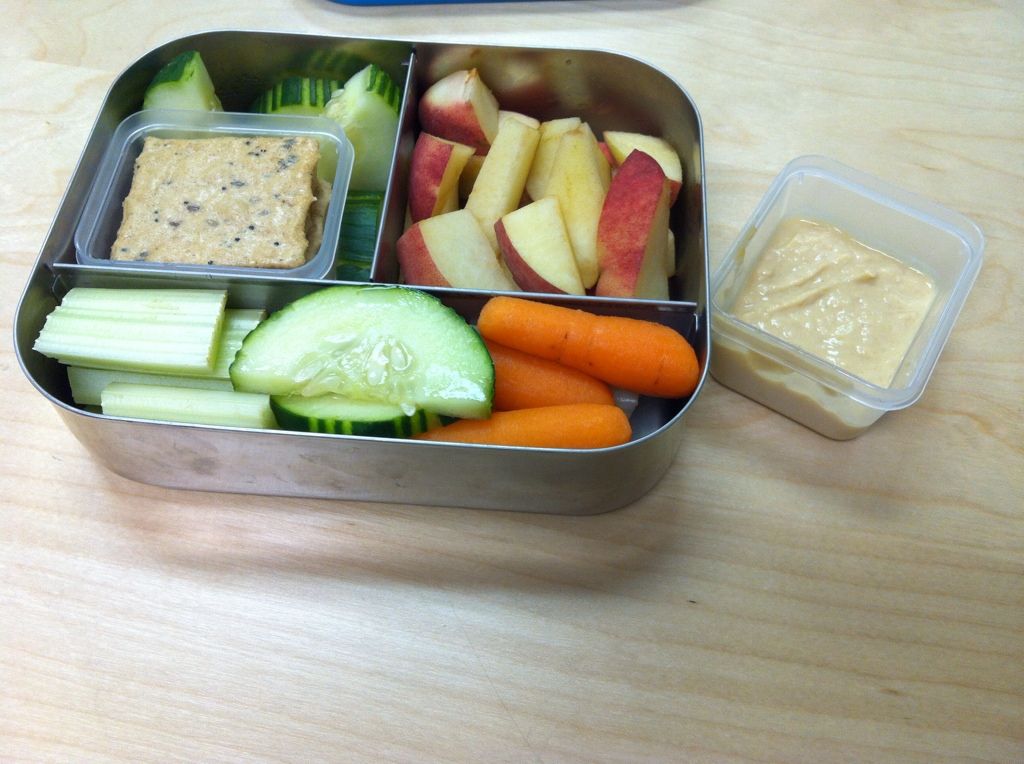You have probably heard by now that Google Reader is going away on July 1st. Well, Google Reader may be going away, but we don't want YOU to go away, so we hope that you will consider following our blog through bloglovin! We know that change is hard...so we thought we might sweeten it up for you a little bit!
We are doing a giveaway
for all of our fabulous followers that take the leap and switch over to
bloglovin. You may have already switched over! In that case, this
will be an easy entry!
If you have not yet
switched or are not following our blog through bloglovin, then there are a few
easy steps to follow. You can go to our sidebar (that's the column on the
right over there that shows our followers) and you can click the button that
says Follow this Blog with bloglovin. Or, you can go into the
Rafflecopter below and click the link in the first entry, and that will take
you to our blog on bloglovin.
You will need to set up
an account with bloglovin so that you can follow us. Please be sure to
leave your bloglovin username in the Rafflecopter entry.
If you want to go ahead
and move all of the blogs you follow from Google over, you can go to this
link and it will take you through the super easy steps.
BUT, please go to our bloglovin link and make sure that you are
following us through bloglovin. To be sure, make sure
that the blue button at the top of our bloglovin page has been clicked (it
should be gray with the word following- if it's blue, please click it to
follow!)
So, if you follow us by
bloglovin, please enter our giveaway!! We will be picking 2 WINNERS and
each winner will win $10 to my TpT store.
a Rafflecopter giveawayget the InLinkz code






















